 Introduction
Introduction
Frogs (order: Anura) are one of the most diverse and widespread groups of amphibians, with over 7,000 species found on every continent except Antarctica. Their remarkable adaptability to a variety of environments, including aquatic, terrestrial, and arboreal habitats, has captured the interest of scientists and frog enthusiasts alike. In this article, we will explore the physiological adaptations that enable frogs to survive and thrive in diverse ecosystems.
Check out this lifesize book with over 600 Species:
Permeable Skin: The Key to Hydration and Respiration
One of the most striking features of frogs is their permeable skin, which allows them to absorb water and oxygen directly from their surroundings. This unique adaptation enables frogs to maintain hydration and carry out respiration without relying solely on their lungs.
However, the permeable skin also makes frogs susceptible to environmental contaminants, making it essential to provide them with a clean and safe environment. For those who keep frogs as pets, we recommend using the API Pond Stress Coat Water Conditioner to ensure a healthy environment for your amphibious friends.
Powerful Legs: Masters of Jumping and Swimming
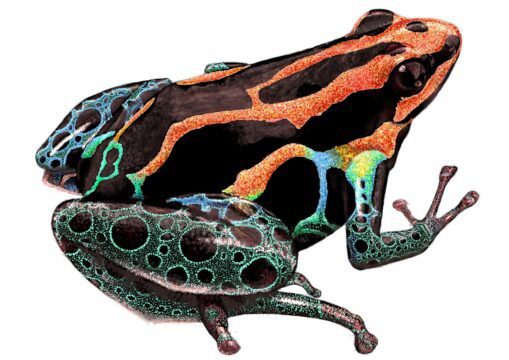
Frogs are renowned for their incredible jumping and swimming abilities, thanks to their powerful legs. Their elongated hind legs, coupled with strong muscles and specialized tendons, enable them to propel themselves through the air or water with remarkable speed and agility.
For frog enthusiasts looking to learn more about the anatomy and locomotion of these amazing creatures, we recommend the book Frogs: Inside Their Remarkable World by Ellin Beltz, which offers a comprehensive exploration of frog biology, behavior, and ecology.
Reproductive Strategies: Ensuring Survival Across Generations
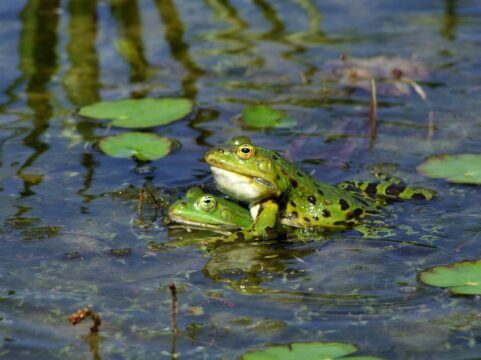 Frogs exhibit a diverse range of reproductive strategies to ensure the survival of their offspring. These strategies include laying eggs in water, on land, or even on their backs. Some species, such as the Surinam toad (Pipa pipa), have evolved unique reproductive strategies where the female carries the fertilized eggs embedded in her back, giving birth to fully developed froglets.
Frogs exhibit a diverse range of reproductive strategies to ensure the survival of their offspring. These strategies include laying eggs in water, on land, or even on their backs. Some species, such as the Surinam toad (Pipa pipa), have evolved unique reproductive strategies where the female carries the fertilized eggs embedded in her back, giving birth to fully developed froglets.
For readers interested in learning more about the reproductive strategies of frogs and other amphibians, the book Herpetology 4th ed. provides an in-depth examination of the various reproductive strategies found in reptiles and amphibians.
Camouflage and Coloration: Mastering the Art of Disguise
 Frogs exhibit a wide variety of colors and patterns, which serve as essential tools for survival. Some species use bold colors to warn predators of their toxicity, while others rely on cryptic coloration to blend in with their surroundings. The ability to change color, as seen in the Gray Treefrog (Hyla versicolor), allows them to adapt to different environments and avoid predation.
Frogs exhibit a wide variety of colors and patterns, which serve as essential tools for survival. Some species use bold colors to warn predators of their toxicity, while others rely on cryptic coloration to blend in with their surroundings. The ability to change color, as seen in the Gray Treefrog (Hyla versicolor), allows them to adapt to different environments and avoid predation.
For those interested in learning more about the fascinating world of frog coloration and camouflage, we recommend the book Frogs and Toads: A Golden Guide from St. Martin’s Press by Nic Bishop. This guide provides detailed information on the various colors and patterns exhibited by frogs, as well as their functions in the wild.
Amphibian Conservation: Protecting Our Fragile Ecosystems
Frogs play a vital role in maintaining healthy ecosystems, serving as both predators and prey in the food chain. However, habitat loss, climate change, and diseases such as chytridiomycosis have led to a significant decline in amphibian populations worldwide. It is crucial to support conservation efforts and promote awareness of the threats faced by these amazing creatures.
One way to contribute to amphibian conservation is by purchasing the National Geographic Pocket Guide to Reptiles and Amphibians of North America. A portion of the proceeds goes toward the National Geographic Society’s conservation initiatives, helping to protect frogs and other amphibians for future generations.
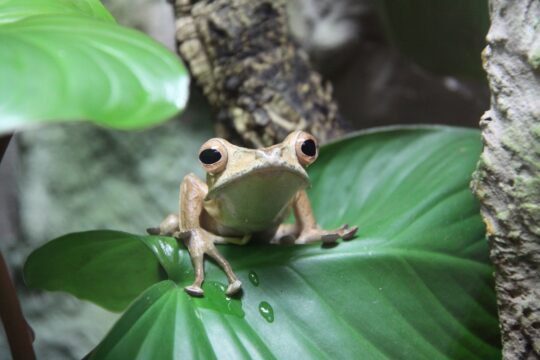 Creating Ideal Habitats: Caring for Frogs at Home
Creating Ideal Habitats: Caring for Frogs at Home
For those who keep frogs as pets or maintain backyard habitats, providing a suitable environment is essential for their health and well-being. This includes proper temperature, humidity, and access to clean water. The Zoo Med ReptiFogger Terrarium Humidifier is an excellent tool for maintaining optimal humidity levels in your frog’s enclosure, ensuring a comfortable and healthy living space.
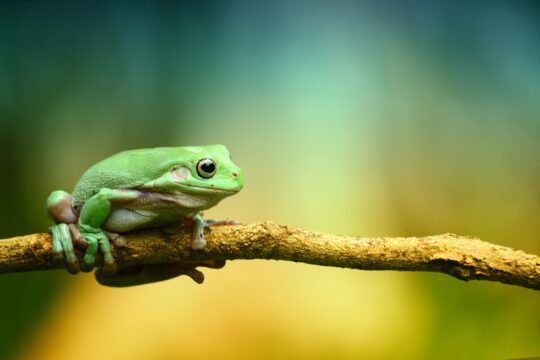
In addition to maintaining proper humidity, providing a naturalistic and secure environment is also vital for your frog’s well-being. We recommend using the Exo Terra Rainforest Habitat Kit to create a realistic and comfortable home for your amphibious pets.
Feeding and Nutrition: Ensuring a Balanced Diet
A balanced and nutritious diet is crucial for keeping your pet frogs healthy and active. Frogs are primarily insectivorous, consuming a variety of insects such as crickets, mealworms, and fruit flies. It is essential to supplement their diet with vitamins and minerals to ensure proper growth and development.
One such supplement is the Repashy Calcium Plus, which provides essential calcium, vitamins, and trace minerals for your frog’s diet. By ensuring that your pet frogs receive a balanced diet, you can promote their overall health and longevity.
Conclusion
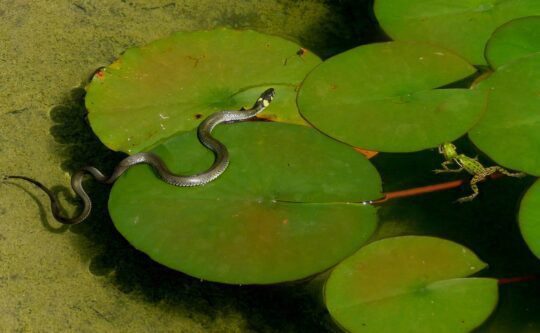
Frogs are truly remarkable creatures, with unique physiological adaptations that have enabled them to thrive in diverse environments around the world. From their permeable skin and powerful legs to their innovative reproductive strategies, these fascinating amphibians continue to captivate scientists and enthusiasts alike. By exploring the scientific literature and using the Amazon affiliate links provided in this article, readers can deepen their understanding of frogs and provide the best possible care for their amphibious friends
